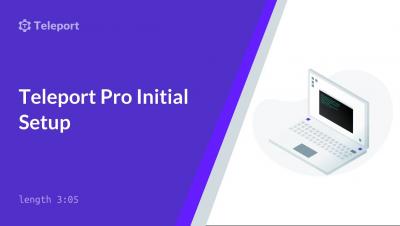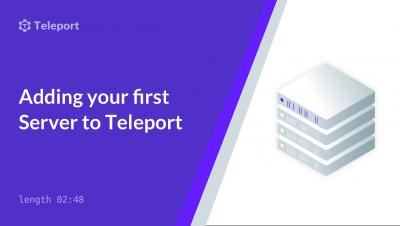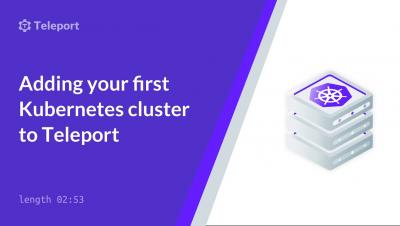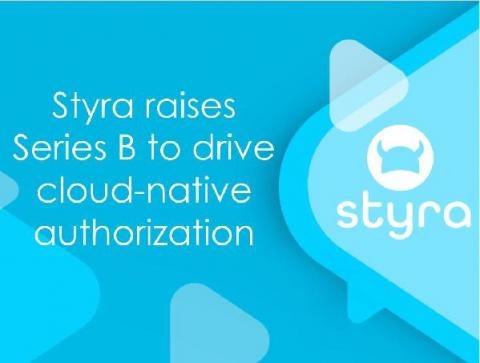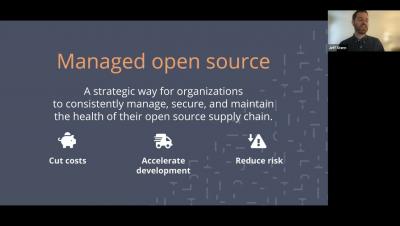Security | Threat Detection | Cyberattacks | DevSecOps | Compliance
DevOps
Adding your first server to Teleport
Trend Micro & Snyk - Better together
Styra raises Series B to Drive Cloud-native AuthZ
In November 2019, just after Styra raised $14 million in our Series A funding round, I wrote that the market’s move away from monolithic apps and adoption of containerized cloud-native application architectures was going to provide “a substantial market opportunity for policy and authorization to evolve.” A lot has happened since I wrote that, and I’m happy to report that while our Series A round showed the market opportunity, our latest round of funding proves the validity of t
How to remove friction in DevOps with Intelligent Orchestration partner integrations
Synopsys’s world-class application security products, services, and the recently released Intelligent Orchestration can help you build secure, high-quality, resilient software faster. But no single vendor can provide solutions for all the challenges a company faces today. Firms need partners to solve the myriad business challenges they face. Synopsys Technology Alliance Partner program partners with the technology industry’s leading organizations to create joint customer value.
Keep OSS supply chain attacks off the menu: Tidelift catalogs + JFrog serve known-good components
Misconfigurations, known unpatched vulnerabilities, and Cloud Native Application Security
Two weeks back, we published our annual State of Cloud Native Application Security report. If you haven’t seen it yet, here’s a TL;DR. We surveyed nearly 600 developers and security professionals to see how the shift to cloud native (digital transformation) has changed their security posture. Then we parsed the results, gleaned valuable insights, and put them in an interactive webpage.
What is Open Policy Agent?
Open Policy Agent, or OPA, is an open source, general purpose policy engine. OPA decouples policy decisions from other responsibilities of an application, like those commonly referred to as business logic. OPA works equally well making decisions for Kubernetes, Microservices, functional application authorization and more, thanks to its single unified policy language. So what’s a policy engine? And what’s policy? A policy can be thought of as a set of rules.
Prevent cloud misconfigurations in HashiCorp Terraform with Snyk IaC
We’re delighted to share new features of Snyk Infrastructure as Code (Snyk IaC) designed to support how Terraform users write, plan, and apply their configurations. With Snyk IaC, you can get immediate guidance on security configurations as you write, and scan your Terraform plans in your deployment pipelines to ensure your changes and complete configuration are safe.


